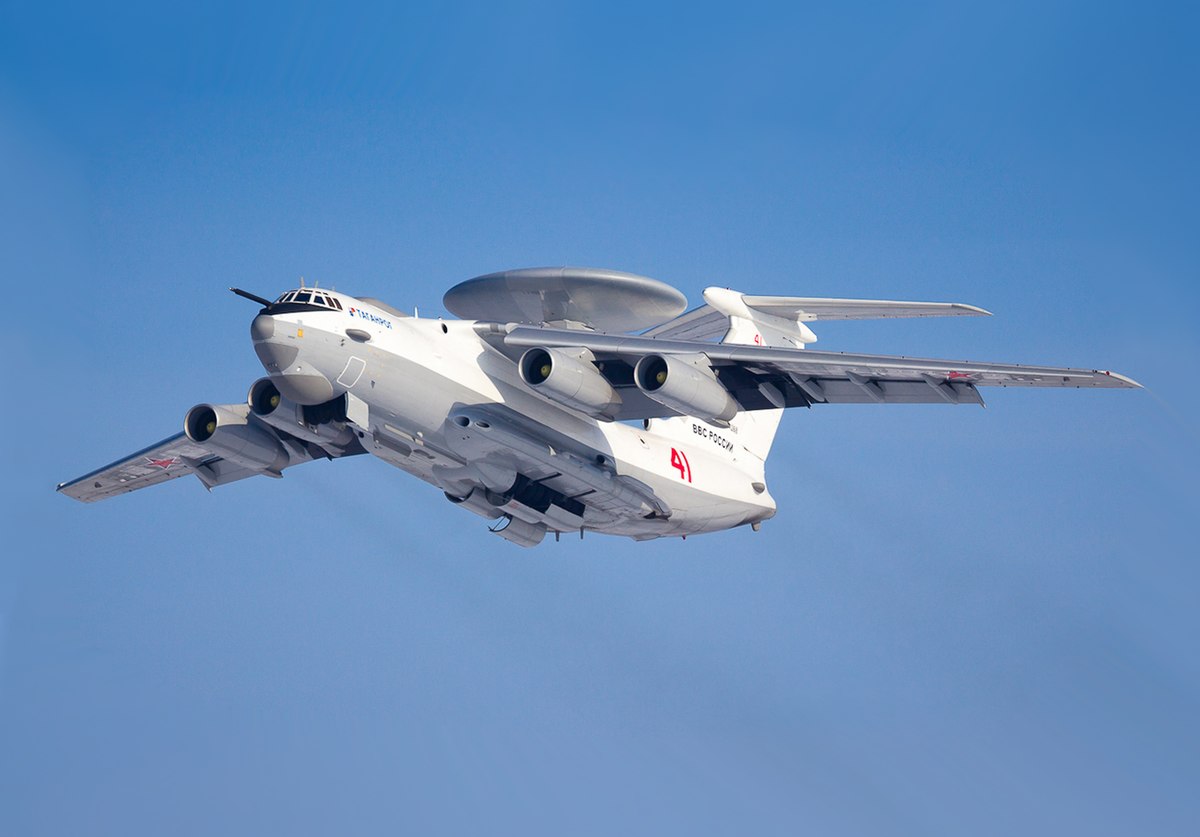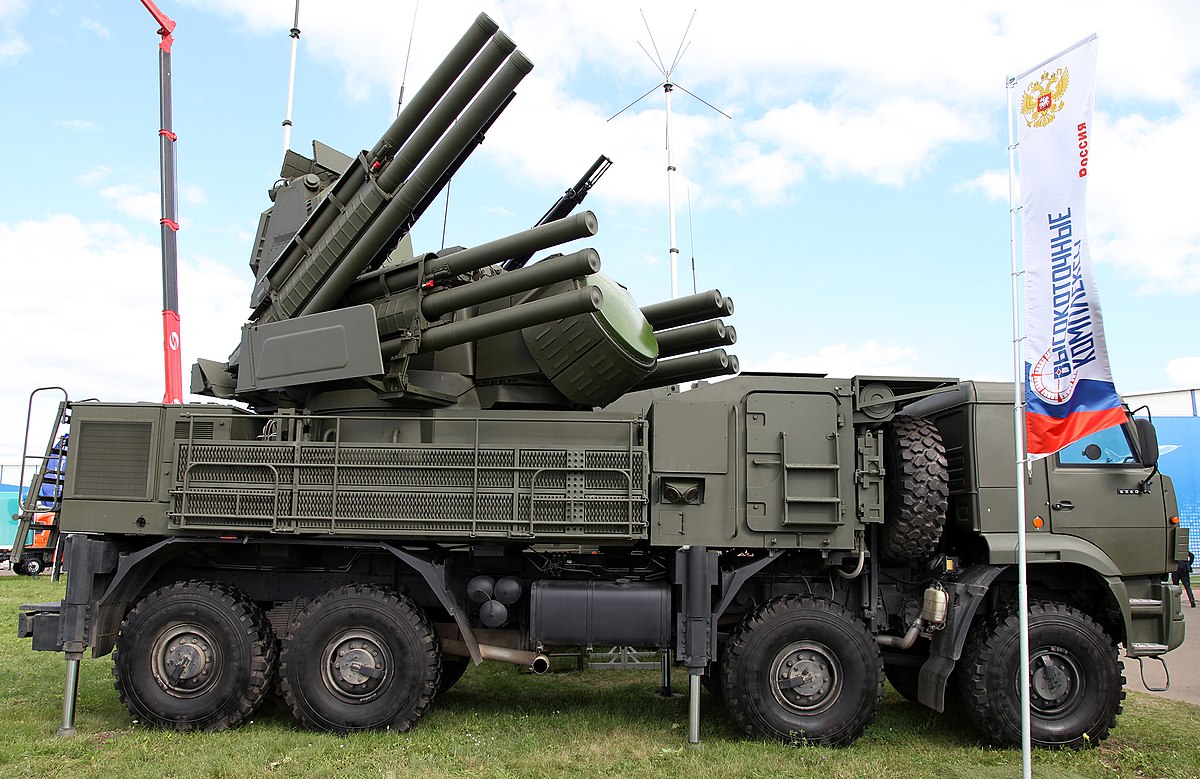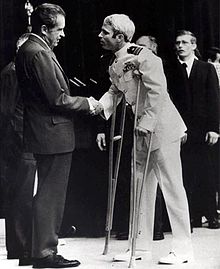Silver Cat
Gold Member
The new collection of essays from Swedish Defence Research Agency.

 www.foi.se
www.foi.se
Beyond Bursting Bubbles – Understanding the Full Spectrum of the Russian A2/AD Threat and Identifying Strategies for Counteraction
Abstract
States with the ability to use a combination of sensors and long-range missiles to prevent adversaries from operating and thus creating an exclusion zone, are said to possess anti-access/area denial (A2/AD) capabilities. This collection of essays uses our previous FOI report on Russian A2/AD capabilities (Bursting the Bubble) as a point of departure. Ten experts analyse five themes: Russian A2/AD capabilities today and in the future; options for counter-A2/AD operations in Europe; concepts for defending or reconquering territory under a hostile A2/AD umbrella; different approaches to managing the long-range precision strike threat; and the impact of A2/AD on the balance of power in Europe. The study does not arrive at any single, overarching conclusion, but there is significant convergence of views amongst a majority of the authors. On the one hand, Russia cannot create impenetrable "bubbles" where NATO forces cannot operate. On the other hand, counter-A2/AD operations are complex, requiring significant assets and capabilities, and carry significant risk of high attrition rates. The critical factors are the assets required, expected attrition rates, the time frames needed - and political will to shoulder costs and risks. A majority of the authors also argue that Russian A2/AD would be at its most troublesome during a short, sharp war, making well-rehearsed countermeasures essential. Compared to Bursting the Bubble, the multi-domain character of counter-A2/AD operations, including i.a. electronic warfare and non-military means, is emphasised, thus deepening the granularity of the analyses. Considerable uncertainty or disagreement remains on topics such as the level of integration within Russian air defences, the impact of stealth, and electronic warfare.
Beyond Bursting Bubbles – Understanding the Full Spectrum of the Russian A2/AD Threat and Identifying Strategies for Counteraction
States with the ability to use a combination of sensors and long-range missiles to prevent adversaries from operating and thus creating an exclusion zone, are said to possess anti-access/area denial (A2/AD) capabilities. This collection of essays uses our previous FOI report on Russian A2/AD...
Beyond Bursting Bubbles – Understanding the Full Spectrum of the Russian A2/AD Threat and Identifying Strategies for Counteraction
Abstract
States with the ability to use a combination of sensors and long-range missiles to prevent adversaries from operating and thus creating an exclusion zone, are said to possess anti-access/area denial (A2/AD) capabilities. This collection of essays uses our previous FOI report on Russian A2/AD capabilities (Bursting the Bubble) as a point of departure. Ten experts analyse five themes: Russian A2/AD capabilities today and in the future; options for counter-A2/AD operations in Europe; concepts for defending or reconquering territory under a hostile A2/AD umbrella; different approaches to managing the long-range precision strike threat; and the impact of A2/AD on the balance of power in Europe. The study does not arrive at any single, overarching conclusion, but there is significant convergence of views amongst a majority of the authors. On the one hand, Russia cannot create impenetrable "bubbles" where NATO forces cannot operate. On the other hand, counter-A2/AD operations are complex, requiring significant assets and capabilities, and carry significant risk of high attrition rates. The critical factors are the assets required, expected attrition rates, the time frames needed - and political will to shoulder costs and risks. A majority of the authors also argue that Russian A2/AD would be at its most troublesome during a short, sharp war, making well-rehearsed countermeasures essential. Compared to Bursting the Bubble, the multi-domain character of counter-A2/AD operations, including i.a. electronic warfare and non-military means, is emphasised, thus deepening the granularity of the analyses. Considerable uncertainty or disagreement remains on topics such as the level of integration within Russian air defences, the impact of stealth, and electronic warfare.









